Our reason-to-be
At Malteurop, we do more than malt; we support brewers in making the best beers, distillers the best spirits and food companies the best products. We connect farmers, who dedicate their lives to Nature, with life lovers, who share authentic moments around natural drinks & food.
We are farmer-maltsters since 1961 as part of VIVESCIA. We belong to cooperatives and their farmers; we exist because they exist. Caring for the grain is a culture, and for us, the right way to make the best malts, today and for the future generations.

Discover our value chain: barley-malt-beer
From barley to malt
Transforming barley into malt: that's what Malteurop does
Malt is germinated cereal grain, mainly used in beer production. Barley is particularly well-suited to malting and the needs of brewers. There are four steps in the barley malt production process: steeping, germination, kilning, and deculming. At Malteurop, we work with the best experts to produce our barley malt and conduct rigorous quality control checks every stage.
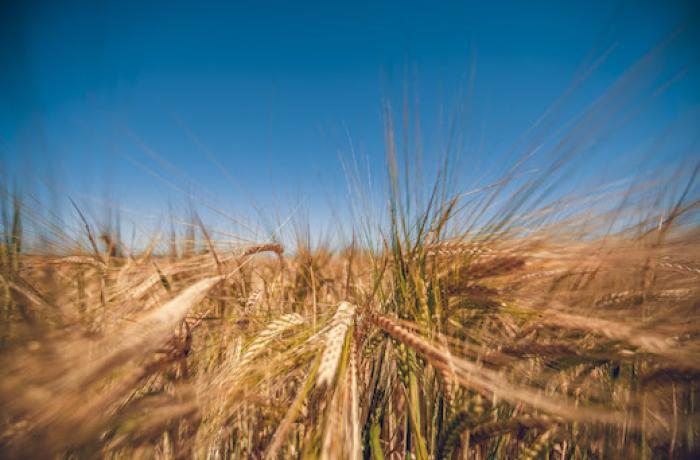
From malt to beer
Malt is used to improve the quality of food products. It is used in bakery products, by the pharmaceutical industry, in animal feed, in beverages and breakfast cereals (like cornflakes), and in brewing. Malt is generally powdered, but is also available in liquid form. Our subsidiary, Diamalteria, specialises in producing malt extract.
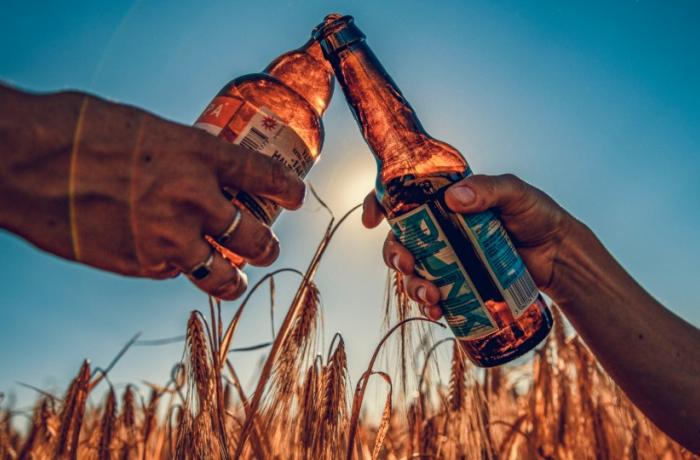
From malt to whisky
The term whiskey refers to any alcohol obtained by distillation of fermented cereals, whether malted or not. To obtain the name "malt whiskey", one must meet strict criteria. Malt occurs at different stages of the manufacturing process.

Malt extract
Malt is used to improve the quality of food products. It is used in bakery products, by the pharmaceutical industry, in animal feed, in beverages and breakfast cereals (like cornflakes), and in brewing. Malt is generally powdered, but is also available in liquid form. Our subsidiary, Diamalteria, specialises in producing malt extract.
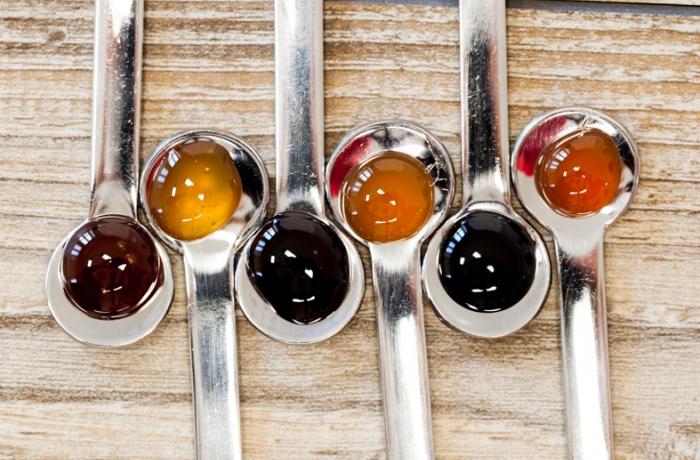
Know-how and products
Discover our range of products and contact us if you need more information.
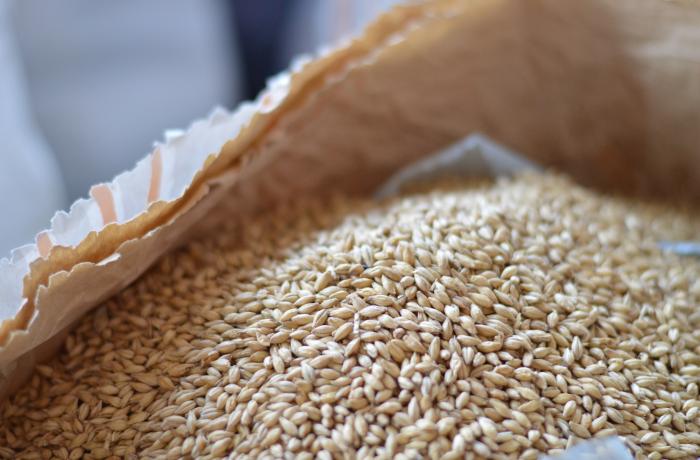
A culture of barley
Our malt experts all over the world share the same farmer-minded culture: A sense of responsibility, sustainable development, ethics, humility, genuineness, simplicity, and close ties to the farming and malting world. These values guide our actions and the decisions we make every day.
Growing malting barley requires a high level of expertise "from grain to glass". Growers need to master certain techniques. They need to spray at the right time, in the right place, and quickly, during the crop year. Our agronomic teams help farmers by providing them with technical advice at every stage.

The farmer-maltsters
partner-farmers
hectares of malting barley around the world
tons of malting barley collected every year
expert agronomists
Locally sourced barley
We operate in 14 countries on four continents, with 22 malt houses located as close as possible to barley-growing regions. We favor short supply chains and we buy our raw materials directly from local farmers. We help farmers secure their income and commercial opportunities through long-term contracts. We are proud to promote the economic development of these regions, and the production of authentic beers with a distinctive local character.
Sustainable farming
We promote sustainable farming to protect the environment and meet the expectations of our customers and consumers. Malting barley is one of the lowest-input grain crops, meaning that it requires little fertilization, plant health products, etc. Our agronomists also help farmers to implement crop management techniques that limit the need for them. We also encourage initiatives that aim to boost natural soil fertility.
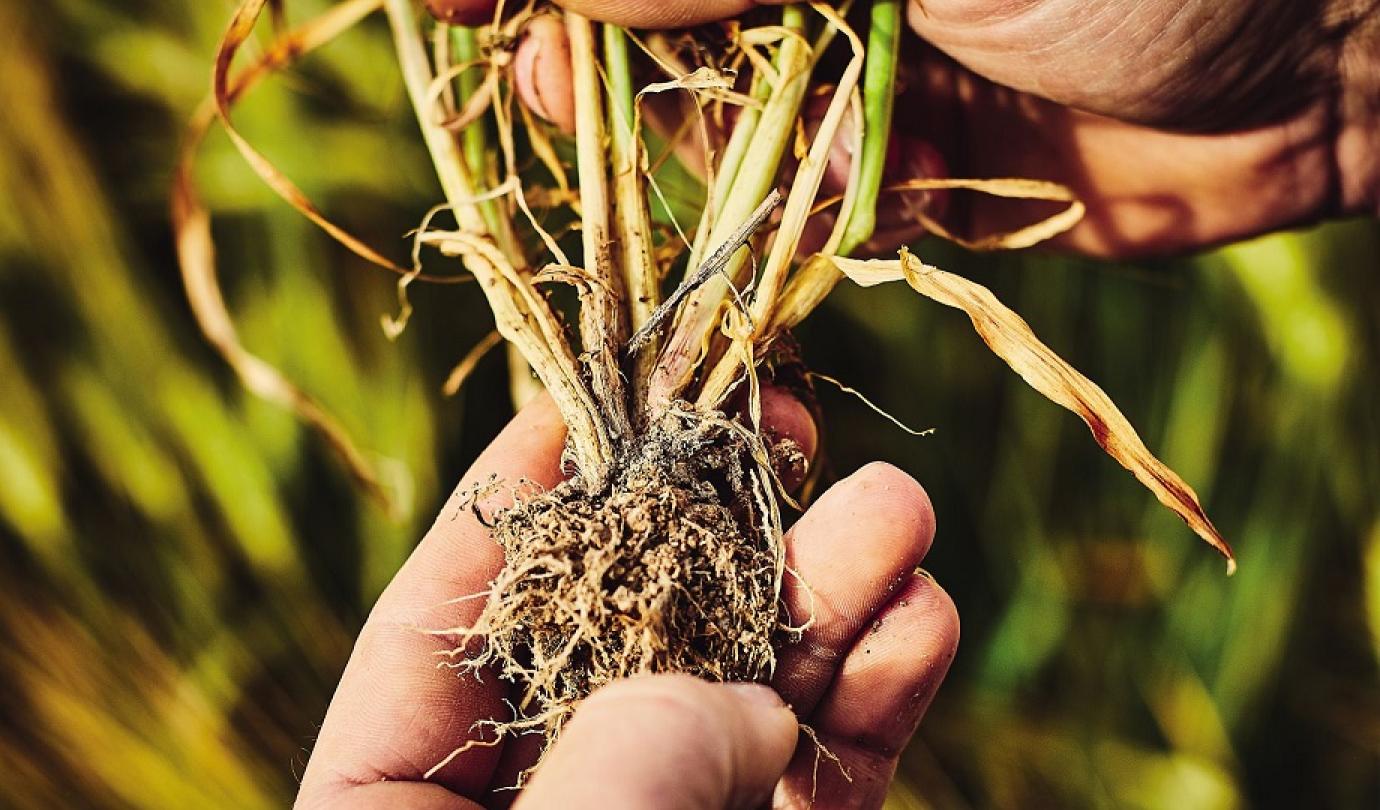
Research & Development
Research and development into new malting barley varieties is part of our vertical integration strategy.
The only maltster that is directly involved in research and varietal selection, we develop and select varieties that are best suited to the changing climate.
We also work to develop new varieties that are naturally resistant to disease, thereby further reducing the need for plant health products.
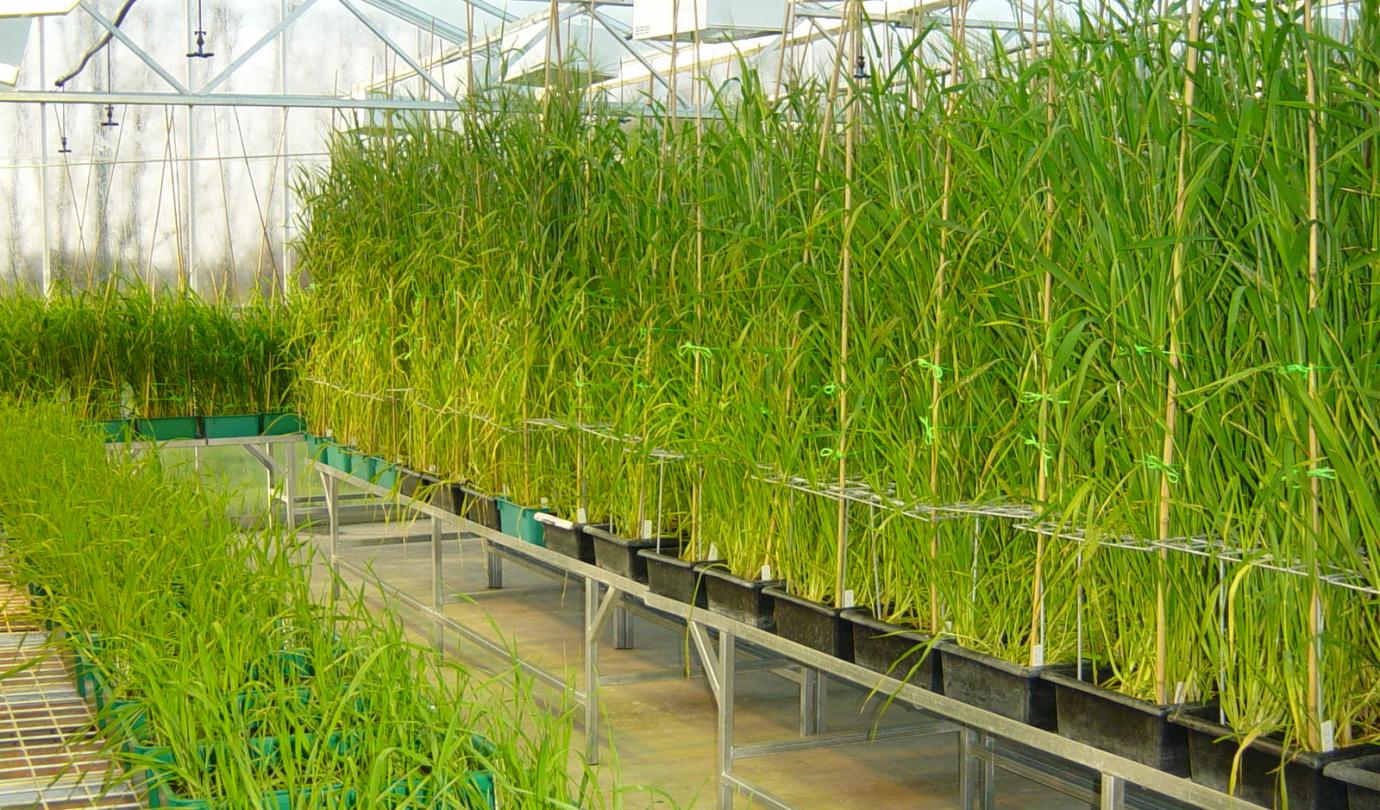
Also discover
